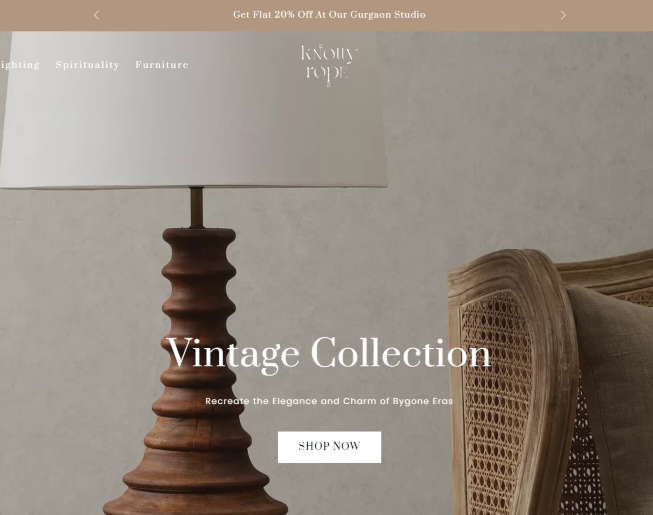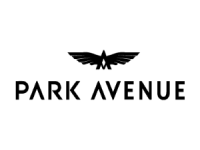Leading Global UI/UX Design & Development Agency
Cybez is a global UX and web design agency, dedicated to helping brands redefine user experiences and drive business growth..


UI/UX Design Company
Creative Strategy, Design, and Development Services
Best UI/UX Design Company
Resource Planning and Analysis
Storyboarding and User Stories
Choosing the Right Technology
Got a New Idea in Mind?

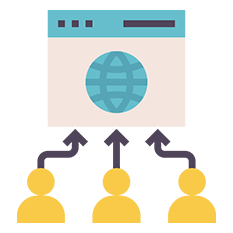
Automation Testing

Web Interface Testing

Mobile Interface Testing
Our Clients
What Our Clients Say

Rahul Patel

Rowena Robertson
Sneha Rateria

Akhil Grandhi

Supriya Dhonti

Moni Mohsin

Saadia Tariq

Sapna Malhotra

Nitin Rohatgi

Dr. Ruchi Jain

Gunjan patel

Dr. Arjun Vaidya

Tarun Arora

Ms. Avantika Malhotra

Monica Gupta

Katalin Csardas

Vijay Karumanchi

Kartik

Shivam Khanna

Rajani Srivastava

Tanushree Garg

Gaurav Gambhir

Sanjay Warke
FAQ's
UI (User Interface) design focuses on the visual aspects of a product, such as colors, typography, and layout, ensuring an aesthetically pleasing and intuitive interface. UX (User Experience) design, on the other hand, is about creating seamless and meaningful interactions by optimizing user journeys, usability, and accessibility. While UI enhances the look and feel, UX ensures the product is easy to use and meets user expectations. Both work together to deliver an engaging and functional digital experience.
UI/UX design plays a crucial role in user engagement, retention, and overall business success. A well-designed interface attracts users, while a seamless experience keeps them engaged. Good UI/UX design reduces bounce rates, improves conversions, and enhances customer satisfaction. Whether it’s a website, mobile app, or SaaS product, investing in UI/UX ensures your digital presence is not only visually appealing but also user-friendly, leading to higher revenue, brand loyalty, and a competitive edge in the market.
The UI/UX design process involves several key steps: research, wireframing, prototyping, user testing, and final design implementation. It starts with understanding user needs and business goals, followed by creating wireframes to define layouts. Prototypes are developed for testing interactions, ensuring a smooth experience. User testing helps identify and fix pain points before finalizing the design. The process ensures that the final product is both functional and visually appealing, delivering a seamless experience to end users.
The timeline for UI/UX design varies depending on the project's complexity and requirements. A simple website or app might take 2-4 weeks, while a more intricate SaaS platform could require 8-12 weeks or longer. The process involves research, wireframing, prototyping, user testing, and refinements, all of which contribute to the timeline. Efficient collaboration between designers, developers, and stakeholders can help speed up the process while maintaining high-quality user experiences and functionality.
UI/UX designers use a range of tools for different stages of the design process. Popular wireframing and prototyping tools include Figma, Adobe XD, and Sketch. For user research and testing, tools like Hotjar and Maze are commonly used. Designers also utilize design systems like Material Design and Ant Design to ensure consistency. For collaboration, platforms like Miro and Notion help teams stay aligned. The choice of tools depends on the project's requirements and the team's workflow.
UI/UX design directly influences conversion rates by enhancing user experience and guiding visitors toward desired actions. A well-structured design with clear navigation, compelling visuals, and intuitive call-to-actions (CTAs) reduces friction and increases user engagement. Optimized UI elements, such as forms, buttons, and checkout processes, encourage users to complete actions. Good UX ensures accessibility, responsiveness, and fast load times, which also contribute to higher conversion rates. Businesses that prioritize UI/UX often see improved customer retention and increased revenue.
Accessibility in UI/UX design ensures that digital products are usable by people of all abilities. This includes designing for screen readers, providing alternative text for images, ensuring sufficient color contrast, and enabling keyboard navigation. Following WCAG (Web Content Accessibility Guidelines) standards helps create inclusive experiences. Accessibility testing with real users, using tools like WAVE and Axe, helps identify and address potential barriers. Prioritizing accessibility not only enhances usability but also expands your audience and ensures compliance with legal standards.
UI/UX design is an ongoing process that evolves based on user feedback and data. Regular usability testing, heatmaps, and A/B testing help identify pain points and areas for improvement. Monitoring user behavior through analytics tools like Google Analytics and Hotjar provides insights into user interactions. Updating design elements based on new trends, technologies, and user needs ensures continued engagement. Iterative improvements and continuous research help refine the user experience, making the product more efficient, accessible, and enjoyable over time.
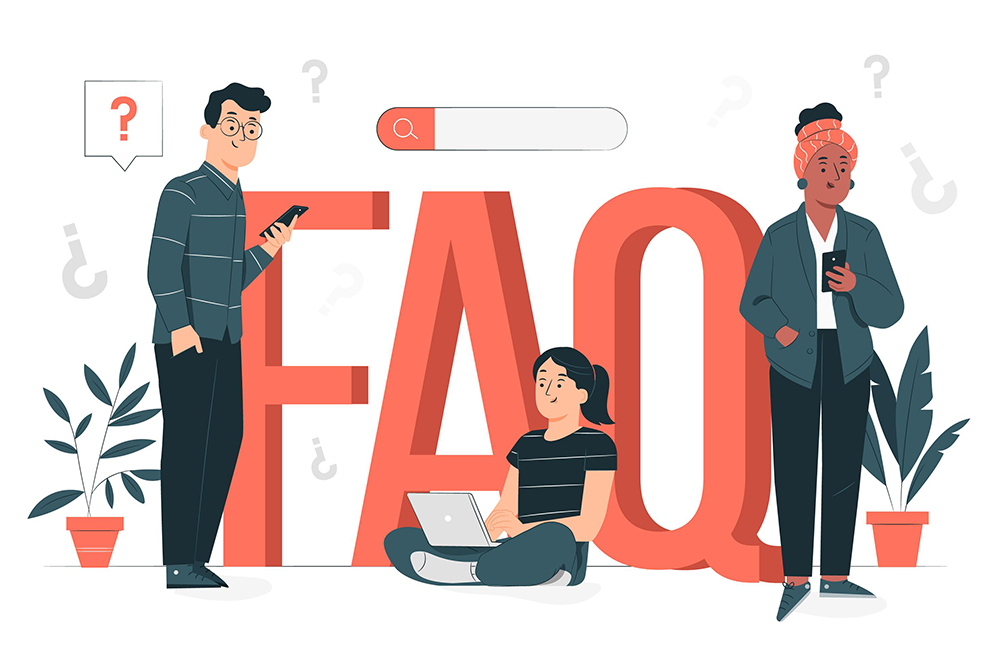
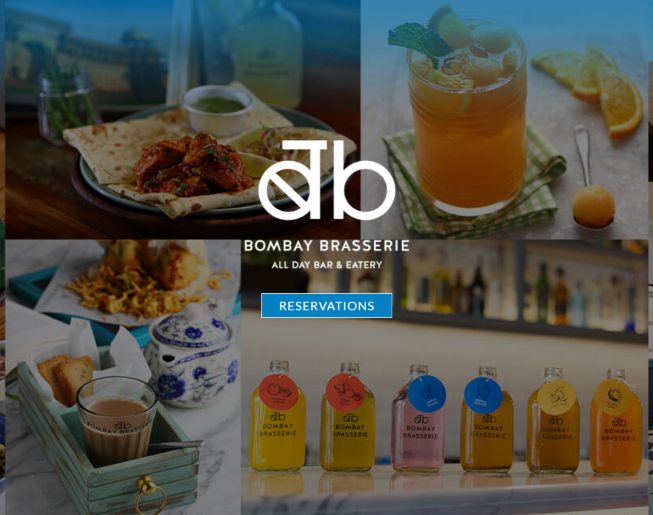
Performance Marketing Case Study

